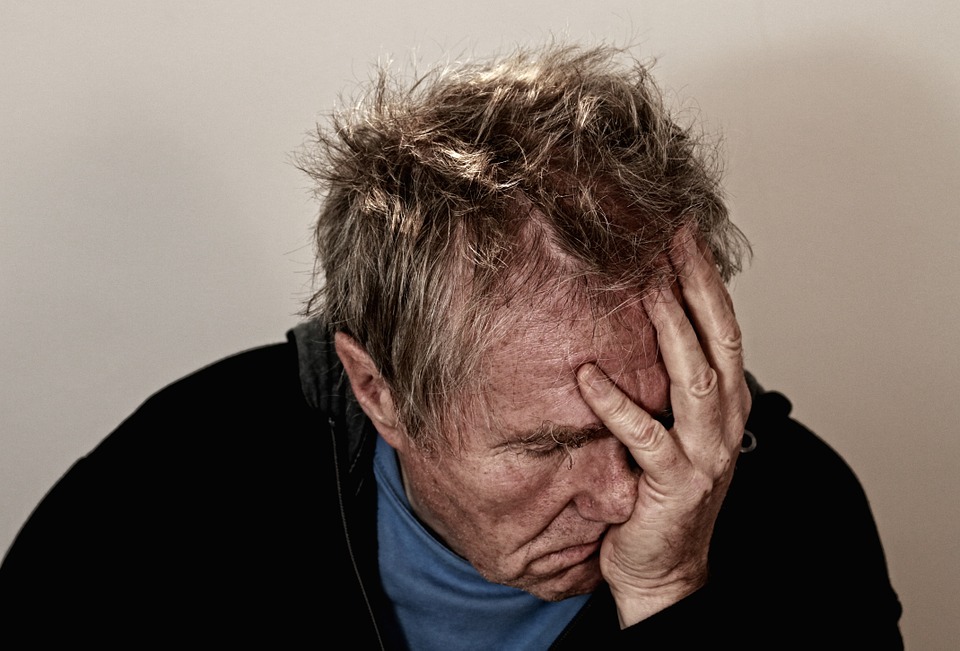Overview
Someone with PTSD often relives the traumatic event through nightmares and flashbacks, and may experience feelings of isolation, irritability and guilt.
They may also have problems sleeping, such as insomnia, and find concentrating difficult.
These symptoms are often severe and persistent enough to have a significant impact on the person’s day-to-day life.
Read more about the symptoms of PTSD.
Causes of PTSD
The type of events that can cause PTSD include:
serious road accidents
violent personal assaults, such as sexual assault, mugging or robbery
prolonged sexual abuse, violence or severe neglect
witnessing violent deaths
military combat
being held hostage
terrorist attacks
natural disasters, such as severe floods, earthquakes or tsunamis
PTSD can develop immediately after someone experiences a disturbing event or it can occur weeks, months or even years later.
PTSD is estimated to affect about 1 in every 3 people who have a traumatic experience, but it’s not clear exactly why some people develop the condition and others don’t.
Read more about the causes of PTSD.
Complex PTSD
People who repeatedly experience traumatic situations such as severe neglect, abuse or violence may be diagnosed with complex PTSD.
Complex PTSD can cause similar symptoms to PTSD and may not develop until years after the event. It’s often more severe if the trauma was experienced early in life as this can affect a child’s development.
Read more about complex PTSD.
When to seek medical advice
It’s normal to experience upsetting and confusing thoughts after a traumatic event, but most people improve naturally over a few weeks.
You should visit your GP if you or your child are still having problems about four weeks after the traumatic experience, or if the symptoms are particularly troublesome.
If necessary, your GP can refer you to mental health specialists for further assessment and treatment.
How PTSD is treated
PTSD can be successfully treated, even when it develops many years after a traumatic event.
Any treatment depends on the severity of symptoms and how soon they occur after the traumatic event. Any of the following treatment options may be recommended:
Watchful waiting – monitoring your symptoms to see whether they improve or get worse without treatment.
Antidepressants – such as paroxetine or mirtazapine.
Psychological therapies – such as trauma-focused cognitive behavioural therapy (CBT) or eye movement desensitisation and reprocessing (EMDR). You can refer yourself directly to a psychological therapies service.
Find a psychological therapies service in your area.
Read more about treating PTSD.
History of PTSD
Cases of PTSD were first documented during the First World War when soldiers developed shell shock as a result of the harrowing conditions in the trenches.
But the condition wasn’t officially recognised as a mental health condition until 1980, when it was included in the Diagnostic and Statistical Manual of Mental Disorders, developed by the American Psychiatric Association.





